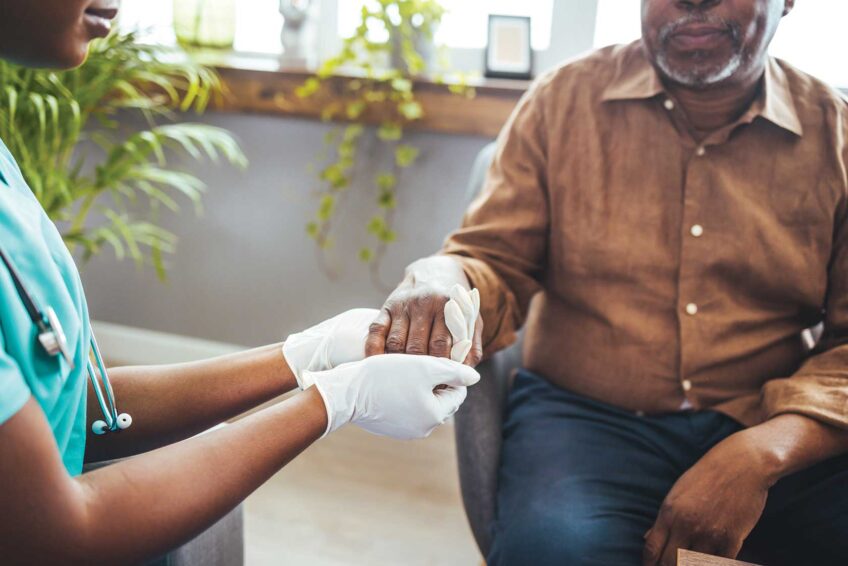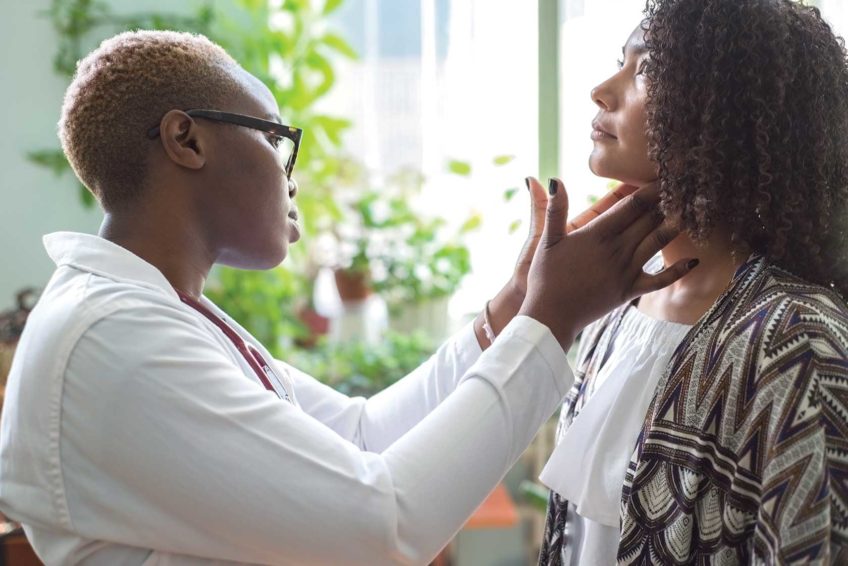Stroke: Not your grandfather’s disease anymore
Increasing incidence in young people

Stroke is typically associated with advanced age. It is more common in people 75 years of age and older. But younger people are not exempt, and their numbers appear to be on the rise.
Several well-known celebrities —John Singleton, Luke Perry and Raul Julia — have succumbed to the disease. All were in their 50s. Those even younger are not immune — Tedy Bruschi of the New England Patriots at 31 and Emilia Clarke of Game of Thrones at the age of 24.
The risk factors in this age group are the same as their older peers — high blood pressure, smoking, diabetes, for example. But it’s obesity that’s taking a toll on the young, according to the Centers for Disease Control and Prevention. The prevalence of obesity exceeds 35 percent in adults aged 20 to 39 and 42 percent among those aged 40 to 59.
“Obesity is a major problem associated with poor health outcomes,” explained Dr. Andrea Harriott, a neurologist with Massachusetts General Hospital. “It can contribute to diabetes and hypertension which are risk factors for stroke.”
Some causes may be seen more frequently in younger people, however. A condition called “patent foramen ovale” occurs in 25 percent of the population and may be a cause of stroke in the young. In this condition a hole between the upper chambers of the heart fails to close at birth. Most people have no symptoms, but in some cases, a clot can escape through the hole and obstruct the flow of blood to the brain.
Increased state approval of recreational marijuana is having an unexpected result. A recent study published in the journal Stroke found that younger people who regularly use marijuana have significantly higher odds of stroke. Add smoking and e-cigarettes to the mix, and the risk increases further. Certain forms of exercise can increase risk as well. Tears in the lining of blood vessels account for 20 percent of ischemic strokes in adults under the age of 45, and can occur during intense strain, such as heavy weight lifting or exercises that cause extreme movements of the neck.
Stroke in women
“Stroke might be different in women,” explained Harriott. “There could be subtypes of stroke or biological differences.”
Or perhaps they are not even being detected.
Migraine with aura is common in women under the age of 45. This type of migraine occurs with sensory disturbances, such as flashes of light or blind spots. But, according to the Mayo Clinic, symptoms may also include numbness on one side, difficulty in speech and muscle weakness — all symptoms of stroke.
Even women without migraine have a higher risk of misdiagnosis. While women share the same symptoms of stroke as men, they can have atypical symptoms, such as general weakness, disorientation, fatigue or nausea and vomiting. At times these atypical symptoms may occur alone, and are explained away as exhaustion, stress or viruses.
Women of child-bearing age are particularly susceptible. During pregnancy a diagnosis of preeclampsia (high blood pressure) or gestational diabetes puts a woman at greater risk of stroke, as do exposure to certain hormones. Studies have shown that women on high doses of estrogen hormones who also smoke have a higher incidence of stroke.
Black women are hit particularly hard. The American Heart Association has found that black women in their 50s may have more than triple the risk of stroke compared to white women of the same age. “We might not be adjusting for all risk factors,” explained Harriott. For instance, lupus, which is more common in black women, increases the risk of bleeding or blood clotting.
According to the National Health Interview Survey, 2018, adults between the ages of 18 and 44 are less inclined to visit a physician. That’s a mistake, warns Harriott. “Seek primary care. Pay attention to your general health.”






